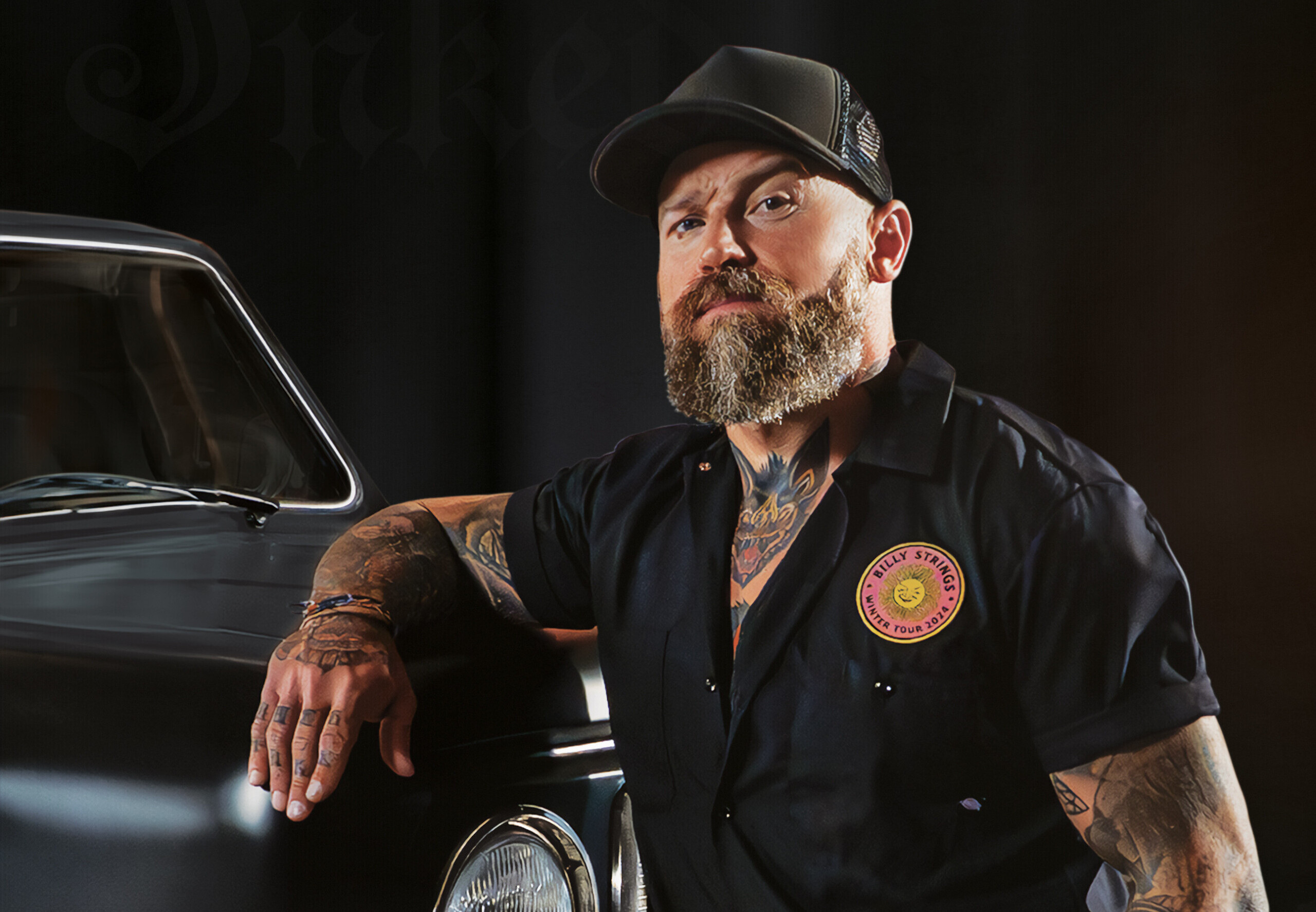Inked Mag Staff
September 10th, 2018
The Tattoo Artist of Auschwitz! Sinister or a Savior
The horrible truth behind the camp tattoos! Auschwitz was Hell on Earth, a physical manifestation of man’s inhumanity to man, but despite the atrocities that happened here and in other…
The horrible truth behind the camp tattoos!
Auschwitz was Hell on Earth, a physical manifestation of man’s inhumanity to man, but despite the atrocities that happened here and in other death camps, stories of kindness and bravery still manage to surface, even today – 75 years later. This latest story comes to light via a book by Heather Morris entitled The Tattooist of Auschwitz which focuses on Lale Sokolov.
Sokolov was a Slovokian born in 1916. According to Morris’ book, Sokolov was a free spirit, a bon vivant and a man about town, however in 1942 for Lale and many other Jews, their lives were to be changed in a tragic turn of events. In April of 1942 a ruling had come down that every Jewish family had to give up children over the age of 16 to labor for the Nazi cause.
Sokolov arrived in Auschwitz, only to immediately witness the horrors of a Nazi-run concentration camp, with the sick and elderly being shot and dumped in mass graves while the spared were sent into slave labor building infrastructures for their camp and their own eventual demise.
Six months later Sokolov found himself stricken with typhoid and loaded up on a death cart being wheeled to one of the mass graves! Fortunately for Sokolov, a Frenchman and fellow prisoner named Pepan pulled Sokolov off the cart, hid him in his barracks and nursed him back to health. At the time Pepan was the camp tattooist.
Initially, in Auschwitz, the camp numbers were sewn on the clothes. With the increased death rate, it became difficult to identify corpses, since clothes were removed from corpses. Therefore, the medical personnel started to write the numbers on the corpses’ chests with indelible ink. Difficulties increased in 1941 when Soviet prisoners of war came in masses, and the first few thousand tattoos were applied to them. The tattoo was applied with a single needle machine to the upper left part of the breast. In March 1942, the same method was used in Birkenau.
The common belief that all concentration camps put tattoos on inmates is not true. The misconception is because many times Auschwitz inmates were sent to other camps and that is where they were liberated from. They would show a number, but it came from their time at Auschwitz.
The tattoo was the prisoner’s camp number, sometimes with a special symbol added: some Jews had a triangle, and Romani had the letter “Z” (from German Zigeuner for “Gypsy”). In May 1944, the Jewish men received the letters “A” or “B” to indicate particular series of numbers. For unknown reasons, this number series for women never began again with the “B” series after they had reached the number limit of 20,000 for the “A” series.
When Sokolov regained his health, Pepan asked Sokolov (who he had discovered spoke five languages) if he would be his assistant in this horrible task. Sokolov agreed and to the German guards at Auschwitz, Lale Sokolov was nothing more than a subservient Jew who would do their bidding. To the new arrivals who needed to be tattooed Sokolov was a stolid and avoided making contact with the people he was tattooing, however to many of the camp’s prisoners he was a savior who shared extra rations, altered prisoners’ tattoos to keep them from the gas chamber and helped doomed men pull off daredevil escapes.
Like many people in the camps, one day Pepan mysteriously disappeared and the role of head tattooist fell upon Sokolov. With this terrible title came some lifesaving perks including, sleeping in a private room, receiving larger rations of food and having freedom to roam the camp. However, this higher profile did put Sokolov in the sites of the maniacal sadist Dr. Mengele.
“Mengele put the fear of God into him,” said Morris. “He would say to Lale, ‘One day, tattooist, I will take you,’ and put a gun to his temple.”
Sokolov insisted he was not a hero and was just doing the right thing when he would risk his own life to help others. Czesław Mordowicz was a man who had escaped already escaped Auschwitz, but was captured and brought back. The punishment was public hanging at the camp. Sokolov changed his number to a rose tattoo so that Mordowicz was not identifiable as a Jew. Mordowicz was able to escape again and elude capture because there were no numbers tying him back to Auschwitz.
As mentioned, Sokolov avoided interaction with those he tattooed — “You don’t want to look somebody in the eye when you are harming them,” he told Morris. But he did make one exception.
“He was called to re-tattoo some girls with fading numbers,” said Morris. “He thought that one, Gita Fuhrmannova, was about to speak. But she didn’t. Then he squeezed her arm hard and she looked at him. Lale told me, ‘I knew in that second that I would never love another.’”
Luckily, Gita felt the same and the couple managed “stolen moments.” Sokolov pulled strings and connections he had made to smuggle in sausage and chocolate for him. That he would give to Gita. He was in love and risked his life by calling in favors so he could be with her.
In 1945, it was clear that Germany was going to lose the war and Auschwitz, was in chaos. Documents were being destroyed. Prisoners were being killed. Two days before Russians arrived to liberate the camp, all the women were taken on a death march.
In April of that year, Sokolov escaped from a second camp and landed in Bratislava, Slovakia. He had gotten separated from Fuhrmannova, but was convinced she had survived. Again, he was right and found her on a Bratislavan street, where Sokolov dropped to his knees and proposed. They went on to live a long life together in Melbourne, Australia, where Sokolov earned a living as a fabric importer. The couple had a son and kept their story secret.
In 2003, Fuhrmannova died at 78, and Sokolow decided that their love story should be told. Morris was put in touch with Sokolov and over three years, and thousands of hours of conversation, eventually a novel took shape.
Sokolov died in 2006 at age 90. “He’d be thrilled to know that his story is being told,” said Morris. “He wanted everyone to know about his falling in love with the most beautiful girl in the world.”

Editor's Picks
A Legacy Etched in Music and Meaning
Country music star Zac Brown gets candid about life after “The Comeback.”
Austin City Limits 2024: Tattooed Icons and Epic Performances – Copy 1
From Soulful Ballads to Punk Anthems: Tattooed Artists Leave Their Mark on Austin City Limits 2024
Austin City Limits 2024: Tattooed Icons and Epic Performances
From Soulful Ballads to Punk Anthems: Tattooed Artists Leave Their Mark on Austin City Limits 2024













